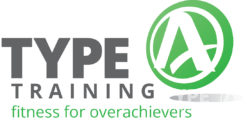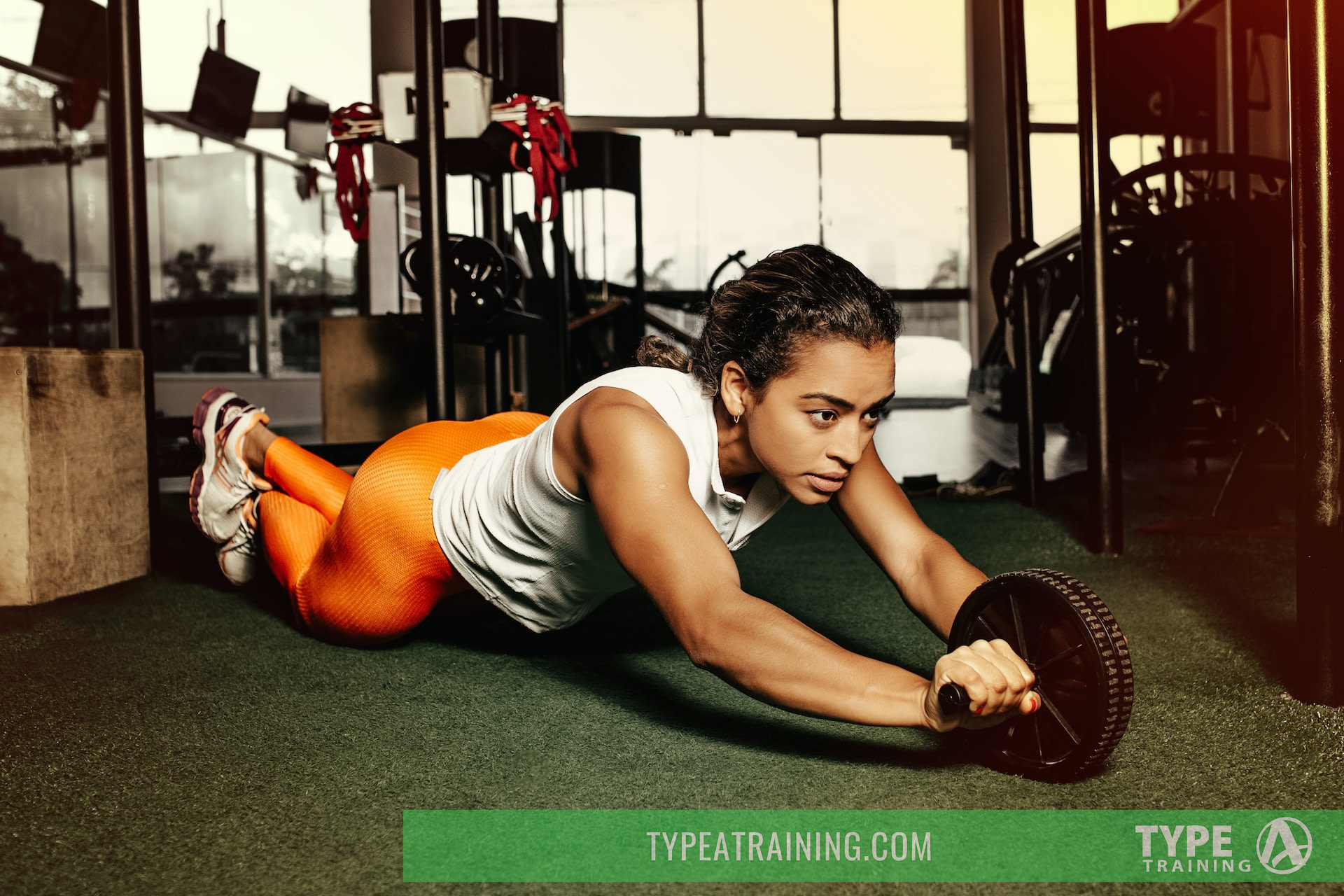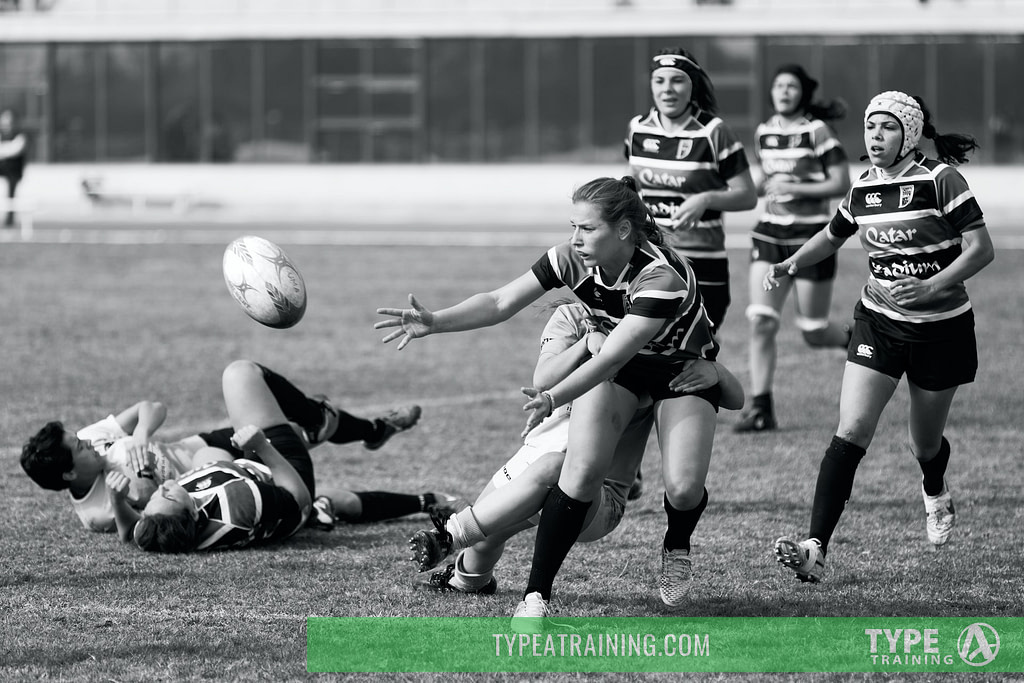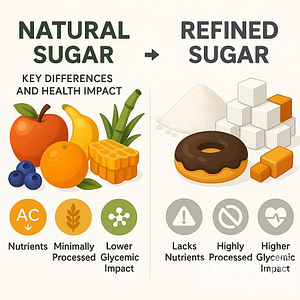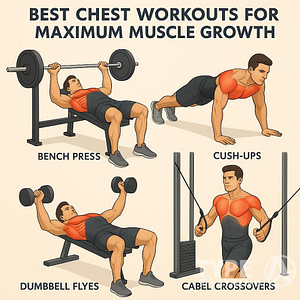Participating in sports is crucial for girls’ physical, mental, and emotional well-being. A well-designed workout program tailored specifically for girls can help them excel in their chosen sport and build long-lasting healthy habits. When creating a customized training program, several key factors need to be considered, such as age, fitness level, and the demands of the sport itself. By taking the time to understand these elements, you can ensure a higher likelihood of success and a positive impact on the girls’ overall development.
It’s essential to conduct a comprehensive needs analysis, which includes evaluating the athlete’s individual goals, physical limitations, and the specific requirements of their sport. This allows you to create a balanced and effective training program that incorporates resistance and strength training, endurance and conditioning exercises, flexibility and range-of-motion activities, as well as proper nutrition and recovery strategies. Providing girls with a holistic training program like this not only helps them prepare for competition and peak performance, it also empowers them to be more confident and resilient athletes.
As C.S. Lewis once said, “Hardships often prepare ordinary people for an extraordinary destiny.” By challenging girls in their workout programs and instilling a growth mindset, we ultimately help them achieve their fullest potential in sports and life.
Key Takeaways
- Develop a customized girls’ workout program by considering age, fitness level, and sport-specific demands
- Conduct a needs analysis, incorporating various types of exercises and nutrition guidelines
- Focus on preparing athletes for competition and instilling personal growth and resiliency source source 2
Understanding the Importance of Girls Workout Programs
When designing a workout program for girls in sports, it is crucial to consider the unique characteristics and needs of female athletes. This will not only help to improve their performance but also to reduce the risk of injuries. In this section, you will delve into some key factors to remember when designing workout programs for girls, such as gender and physiological differences, psychological factors, and motivation.
Popular posts:
Gender and Physiological Differences
Girls and boys have various physiological differences that can influence their fitness and athletic performance, such as hormonal, musculoskeletal, and bioenergetic distinctions. It is important to consider these differences when designing effective workout programs for female athletes.
For example, studies have shown that girls can improve their strength by 30% to 50% after just 8 to 12 weeks of a well-designed strength-training program. Furthermore, addressing foundational needs like stability and mobility in program design is particularly beneficial for girls, who often incorporate compound lifts and ballistic-type movements in their routines (source).
Psychological Factors
Girls may face unique psychological challenges in sports and fitness activities. They may experience societal pressures, self-esteem issues, or fear of judgement which can affect their motivation and enjoyment in sports. As a coach or trainer, it is crucial to foster and maintain a positive and supportive environment that encourages girls to overcome these psychological barriers.
An inclusive and friendly atmosphere, along with cultivating a growth mindset, can significantly improve their overall sports experience.
Motivation
Motivation is a critical factor for any athlete, but it can vary substantially between individuals. When working with female athletes, it is essential to understand their specific motivations and tailor workout programs accordingly. Some girls may be motivated by intrinsic factors such as personal growth, while others may be driven by extrinsic factors such as competition or accolades.
As quoted by Women’s Health Magazine, U.S. Women’s Soccer Team member Carli Lloyd says, “I’ve learned that if you have the right motivation, anything is possible.” (source: Women’s Health Magazine)
By considering these gender and physiological differences, psychological factors, as well as motivation, you can design workout programs that are specifically suited for girls in sports. These tailored programs will not only enhance their performance but also contribute to their enjoyment and overall success in sports.
Conducting a Needs Analysis
When designing a workout program for girls in sports, it’s essential to conduct a needs analysis. A needs analysis helps identify the gap between current and desired abilities, providing vital information for creating a program tailored to the individual’s fitness goals and the sport’s demands.
Assessing Current Fitness Level
Before moving forward, it’s crucial to evaluate your current fitness level. Monitoring physical progress allows you to identify strengths and weaknesses, and develop a program that enhances your performance. To start, it would be best if you considered undergoing a series of tests that assess various components of fitness like strength, endurance, flexibility, and coordination.
As highlighted in a Science for Sport article, performing a needs analysis is essential when designing a training program to address the athlete’s specific requirements.
Establishing Fitness Goals
Defining the fitness goals you want to achieve, whether you’re an amateur or a professional athlete, is necessary for designing a successful workout program. As you establish these goals, make sure they align with the principles of specificity and follow SMART (Specific, Measurable, Achievable, Relevant, and Time-bound) criteria.
In the words of a NICHQ resource, “Conducting a needs assessment is integral to programmatic planning and evaluation efforts.”
While creating your girls’ workout program for sports, it’s vital to consider the individual’s specific needs and fitness goals. This methodical approach will grant you a personalized workout plan and increase the chances of achieving your desired performance.
Designing an Effective Training Program
Designing a successful girls workout program for sports necessitates a careful approach. To create a well-rounded and comprehensive program, you should focus on individualization, training age, maturity, and balancing the components of fitness.
Individualizing the Program
Every athlete is unique in terms of their fitness levels, strengths, and weaknesses. As such, it is essential to tailor the training program to meet each athlete’s needs. Assessing their physical and skill attributes will help you create a suitable plan for their development. Keep in mind the goals and aspirations of each individual, and ensure that the program challenges them while still being achievable.
Considering Training Age and Maturity
When designing a girls workout program for sports, remember to take into account each participant’s training age and maturity. Training age refers to the length of time someone has been consistently training, while maturity considers both physical and emotional growth. Respect their developmental stages and craft programs that facilitate gradual progression, reducing potential injury risks while boosting performance.
As American author and entrepreneur Jim Rohn once said, “Success is nothing more than a few simple disciplines, practiced every day.”
Balancing Components of Fitness
A well-rounded girls workout program for sports should include a balance of various fitness components like strength, endurance, flexibility, speed, and agility. By developing each aspect of their fitness, you will not only help improve their sport-specific skills but also contribute to their overall health and well-being.
Incorporate different types of training exercises into the program that target specific areas while maintaining the interest of participants. For example, provide a mix of strength training exercises, cardiovascular activities, and flexibility routines.
As you design the program, keep in mind the importance of rest and recovery periods. Allowing sufficient time for recuperation is crucial for preventing injuries and ensuring long-term progress.
Resistance and Strength Training
Resistance and strength training are important components of a well-rounded workout program for girls in sports. These exercises help improve muscle strength, power, and endurance, which are crucial for athletic performance and injury prevention. In this section, we will discuss exercise selection and movement patterns, as well as the benefits of compound and isolated exercises.
Exercise Selection and Movement Patterns
When designing a workout program for girls, it is essential to consider a variety of exercises that target all major muscle groups. This includes both push and pull exercises, as well as unilateral exercises for balanced development. According to Pediatrics, “positive outcomes of improved strength in youth continue to be acknowledged, including improvements in health, fitness, rehabilitation of injuries, injury reduction, and physical literacy.”
Include exercises that involve:
- Push movements: squats, lunges, bench presses, push-ups, shoulder presses
- Pull movements: deadlifts, rows, pull-ups, chin-ups, lat pull-downs
- Unilateral exercises: single-leg squats, Bulgarian split squats, single-arm presses
Variety in exercises and movements helps to keep the program engaging and challenging while ensuring balanced muscle development.
Compound vs. Isolated Exercises
Both compound and isolated exercises have their place in girls’ workout programs for sports. Compound exercises involve multiple joints and muscle groups, while isolated exercises focus on specific muscle groups. PMC states that “youth strength training programs should ideally incorporate a variety of resistance types: free weights, weight machines, rubber tubing, and medicine balls.”
Compound exercises – These are multi-joint movements that work several muscle groups at once. Examples include squats, deadlifts, and bench presses. These exercises are great for strengthening multiple muscles, improving functional movement patterns, and saving time in the gym.
Isolated exercises – These exercises target specific muscle groups, like bicep curls or leg extensions. While not as time-efficient as compound exercises, they can help to address muscle imbalances or weaknesses and can be an essential part of injury prevention and rehabilitation.
In conclusion, one quote to consider when designing a girls’ workout program for sports is from STACK: “Females have physiological differences that need to be taken into account, including lesser rates of absolute strength and power and greater degrees of congenital joint laxity.” Considering these differences along with the guidelines discussed in the Exercise Selection and Movement Patterns and Compound vs. Isolated Exercises sections will help you create a well-rounded, effective workout program for young female athletes.
Training Variables and Progression
When designing a girls’ workout program for sports, it’s crucial to consider various training variables and progression to maximize performance and prevent injuries.
Sets and Reps
Choosing the appropriate number of sets and reps depends on your goals and training level. Generally, higher reps (8-12) with lower weight focus on muscular endurance, whereas lower reps (3-6) with heavier weight emphasize strength and power. Aim for 3-6 sets to effectively stimulate muscle growth and adaptation 1.
Remember, in the early stages of a program, it’s better to start with lower weights and higher reps to develop a strong foundation and proper form. Take into account your current fitness level and adjust the sets and reps as you progress.
Rest Intervals
Rest intervals are essential for proper recovery between sets, and they vary based on the intensity and type of exercise. For strength and power exercises, longer rest periods (2-5 minutes) are recommended as you’re lifting heavier weights 2. For endurance-based workouts, shorter rest intervals (30-90 seconds) are more appropriate to maintain a relatively high level of intensity throughout the workout.
Tempo and Time under Tension
Tempo refers to the speed at which you perform an exercise, while time under tension measures the total time your muscles are working during a set. Both factors significantly influence the effectiveness of your training. Slower tempos (e.g., 3 seconds eccentric, 2 seconds pause, 1 second concentric) increase time under tension and muscle fatigue, making them more suitable for muscular endurance and hypertrophy training. Faster tempos are ideal for power and explosive movements.
“Tempo training can be used to manipulate the adaptations to your needs and goals,” says exercise scientist Dr. Michael H. Stone.
Progressive Overload
To continuously improve performance and prevent plateaus, you should apply the principle of progressive overload, which entails gradually increasing the stress placed on your body by adjusting variables such as intensity, volume, and frequency. Ensure you’re progressively increasing weight, reps, and/or sets safely as strength and endurance improve over time.
As per ACSM recommendations, gradual adjustments to the training program are a key aspect of progression to minimize the risk of injuries and promote continuous adaptation.
Incorporate these variables and progression principles into your workout program, keeping in mind your goals and current fitness level, and remember to regularly assess and adjust based on your progress.
Footnotes
Endurance and Conditioning Workouts
Energy System Development
When designing a workout program for girls in sports, it’s crucial to focus on developing the different energy systems, such as aerobic and anaerobic systems, to improve endurance and conditioning. Anaerobic training predominantly works on short and high-intensity exercises like sprinting and powerlifting, while aerobic training focuses on longer durations and lower-intensity exercises such as jogging and swimming1. As a coach, incorporate both types of activities in your workout sessions to improve overall performance in the sport.
“Sports differ widely in the levels of agility, speed, aerobic endurance, strength, power, flexibility, balance, and coordination required to excel,” says Satterwhite in a guide about strength and conditioning for specific sports.
Intensity and Duration
To adapt the intensity and duration of the workouts to suit the specific needs of your female athletes, consider the sport’s physical demands and the individual’s current fitness level2. Generally, you’ll want to strike a balance between high-intensity, short-duration workouts, and low-intensity, longer-duration workouts to maximize endurance and conditioning benefits.
For instance, speed training sessions should include short bursts of high-intensity activities, such as sprints or agility drills. On the other hand, longer cardio workouts like running or swimming at a moderate pace can be incorporated to build aerobic endurance. Make sure to adjust these sessions to fit your athletes’ skill levels and the sport’s requirements.
Keep in mind the importance of periodization, which involves planning and organizing the workout program in distinct phases to achieve optimal results. According to Biowayne, a needs analysis of the sport’s bioenergetic qualities can help you in crafting a sport-specific training program while taking into consideration factors such as intensity, duration, and frequency.
Footnotes
Flexibility and Range of Motion
Dynamic and Static Stretching
When designing a woman’s workout program for sports, it’s essential to prioritize flexibility and range of motion. Begin by incorporating both dynamic and static stretching into your routine. Dynamic stretching involves movements that gently stretch your muscles in a controlled manner, increasing flexibility and blood flow. Some examples include leg swings, arm circles, and high knees. Static stretching, on the other hand, requires holding a stretch for a certain period, typically 15-30 seconds1. Incorporating both types of stretching into your program can help improve your overall flexibility and contribute to better performance in sports.
Incorporating Yoga and Pilates
Aside from traditional stretching exercises, incorporating practices like yoga and Pilates can also enhance your flexibility and range of motion. These disciplines focus on the mind-body connection, utilizing controlled movements and deep breaths to release tension and improve flexibility2.
A Pilates instructor, Mary Helen Bowers, once said, “Flexibility and adaptability are the primary components of an efficient body, and both Pilates and yoga develop them in slightly different ways”. Yoga focuses on holding poses for longer periods, whereas Pilates combines elements of strength, control, and flexibility for a more well-rounded workout. Including both yoga and Pilates in your fitness regimen can provide excellent benefits for your overall flexibility and range of motion.
Footnotes
Nutrition and Recovery Strategies
Diet and Macronutrient Consumption
As a female athlete, it’s crucial to ensure proper nutrition for optimal performance in sports. Start by focusing on adequate energy availability, which guarantees suitable fueling for exercise and basal physiologic functioning1. Create a personalized diet plan, including appropriate quality and quantity of food components2.
Remember that micronutrient deficiencies, such as iron, vitamin D, and calcium, are common in female athletes3. Include diverse foods and consider supplementation to prevent these deficiencies:
- Eat protein-rich foods for muscle recovery, like lean meats, dairy products, and legumes.
- Opt for complex carbohydrates to maintain energy levels, such as whole grains, fruits, and vegetables.
- Don’t forget healthy fats for hormonal balance, found in avocados, nuts, and olive oil.
Ensuring Adequate Rest and Recovery
Proper recovery time is critical to avoid overtraining and injury. Integrating rest days into your workout program and getting enough sleep supports muscle repair, promotes mental well-being, and boosts your immune system.
Incorporate various recovery techniques, like stretching, foam rolling, and massage therapy, to relieve muscle and joint soreness. Stay hydrated by drinking water or electrolyte-filled sports drinks. As an expert stated: “Recovery is as essential as the workout itself – it’s the time for the body to repair and grow stronger”4.
Remember, it’s all about finding the right balance between nutrition, workout, and recovery to optimize your performance and overall well-being.
Footnotes
Preparing for Competition and Performance
As an athlete preparing for competition, it’s essential to design a girls workout program that addresses both physical and mental aspects of sports performance. In this section, we will explore two critical components: Tapering and Peaking, and Developing Mental Toughness.
Tapering and Peaking
Tapering is the process of reducing training volume and intensity as you approach a competition. This allows your body to recover and adapt, ensuring you’re fully prepared to perform at your best on the big day. Peaking, on the other hand, refers to optimizing your physical condition to coincide with an important event or competition.
To incorporate tapering and peaking into your workout program, follow these steps:
- Identify your competition date and work backward to plan your training phases.
- Gradually decrease training volume and intensity in the weeks leading up to the event.
- During your tapering phase, focus on maintaining or slightly increasing the intensity of your training but significantly reduce the volume.
- Pay attention to proper recovery—get adequate sleep, nutrition, and hydration throughout the tapering phase.
Developing Mental Toughness
A strong mindset is just as important as physical fitness when preparing for competition. Developing mental toughness can give you the edge you need to push through challenges and perform at your best.
Here are some techniques for developing mental toughness:
- Set clear, attainable goals for both training and competition. Having a target in mind will help you stay focused and motivated.
- Embrace positive self-talk, and avoid negative thoughts. Acknowledge your strengths and believe in your abilities.
- Develop effective pre-competition routines to help you enter a focused and relaxed state. These routines might include deep breathing exercises, visualization, or a simple warm-up.
- Learn to manage stress and anxiety by practicing relaxation techniques or seeking support from a sports psychologist or counselor.
Experts agree that mental strength is a crucial component of success on the sports field. As Dr. Jim Afremow, author of The Champion’s Mind, says, “When everything is on the line, the difference between winning and losing is not your physique, technique, or conditioning, it’s your mindset.”
Remember to incorporate tapering and peaking techniques into your workout program while simultaneously developing your mental toughness. This integrated approach will position you for success in your athletic endeavors and help you shine during competition.
Frequently Asked Questions
Age and development level
When designing a workout program for girls, consider their age and development level. It’s important to tailor the program to their current abilities and ensure the exercises match their stage of growth and development. Make sure the intensity, duration, and type of activities are suitable for their age.
Sport-specific skill development
Design the workout program to focus on sport-specific skill development. Analyze the specific needs of the sport, and incorporate exercises that will develop the required skills, like agility, balance, and coordination, as well as techniques and strategies. This will lead to better performance in their chosen sport.
Injury prevention measures
Injury prevention is a crucial aspect to consider while designing a workout program for girls. Due to differences in physiology, girls may experience a greater degree of congenital joint laxity. Thus, it’s essential to include exercises that improve joint stability and flexibility and focus on correct form and technique to reduce the risk of injuries.
Hormonal fluctuations
Account for hormonal fluctuations when designing workout programs. Hormonal fluctuations can affect girls’ energy levels, muscle strength, and mood. Program variations that accommodate these fluctuations, adjusting the intensity and volume of exercises when needed.
Nutrition and hydration
A well-balanced diet and proper hydration are essential for optimal performance in sports. Emphasize the importance of nutrition and hydration in the workout program. Educate the girls on the types of food and nutrients they need for their sport, and encourage regular hydration throughout the day, especially before, during, and after exercise.
Strength and conditioning
Incorporate a strength and conditioning component into the workout program. Focus on exercises that build muscle, stability, and endurance, using a lighter weight and doing fewer sets with high repetitions (for example, two or three sets of 12 to 20 reps). Strength and conditioning exercises will improve overall athletic performance and reduce the risk of injuries.
Regarding the importance of tailoring programs to individuals, one fitness expert noted, “Designing workout programs should account for individual needs and goals, including age, development levels, and desired outcomes” (source).
